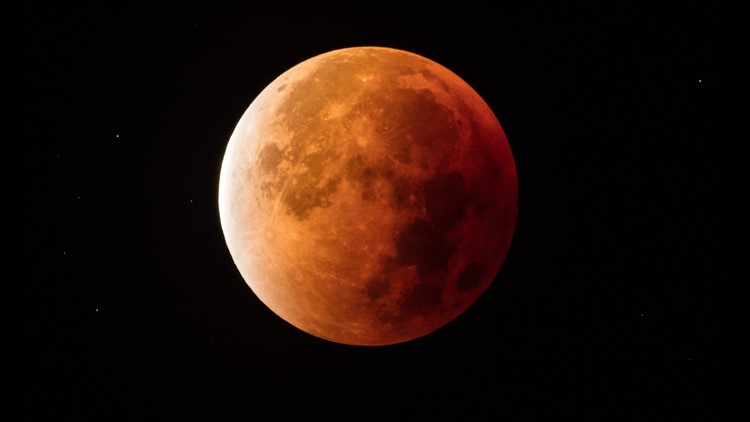There hasn’t been a full moon like this one in more than six decades.
Sure, we’ve seen supermoons before — this will be the second in a series of three this fall. But the full moon that peaks on Monday, November 14 will be closer to Earth than any other since 1948. The full moon won’t come this close again until 2034.
The scientific term “perigree moon” refers to when the moon is at its closest point to Earth in its orbit. When a perigree moon coincides with the full moon, the extra-large, brightly lit moon is known as a supermoon.
NASA says this month’s supermoon will appear 30 percent brighter and 14 percent larger than a typical full moon.
Those looking at the moon as it hovers closer to the horizon are in for a treat. NASA reports that these observers will be able to see a “moon illusion,” which makes the moon look exceptionally big when viewed through foreground objects like tall buildings.
This moon will reach the crest of its full phase at 8:52 a.m. Eastern time, and perigree will occur within about an hour to an hour and a half of that time, according to EarthSky.org. But it should look exceptionally big and bright throughout the night.
Astronomers monitor the moon closely given that it is a crucial key to understanding the rest of the solar system, NASA points out. For the past seven years, NASA’s Lunar Reconnaissance Orbiter (LRO) has been mapping the moon’s surface as well as capturing brilliant high-res images to better understand not only the moon but Earth itself. Mapping the moon’s surface and seeing ways in which it’s been impacted by collisions with asteroids, for example, can shed light on the Earth’s history as well.
What if you miss this month’s supermoon? You’ll have one more chance on Dec. 14, when the last supermoon of 2016 will rise in the sky. However, it won’t be quite as close as November’s, which NASA says will be a “showstopper.”



